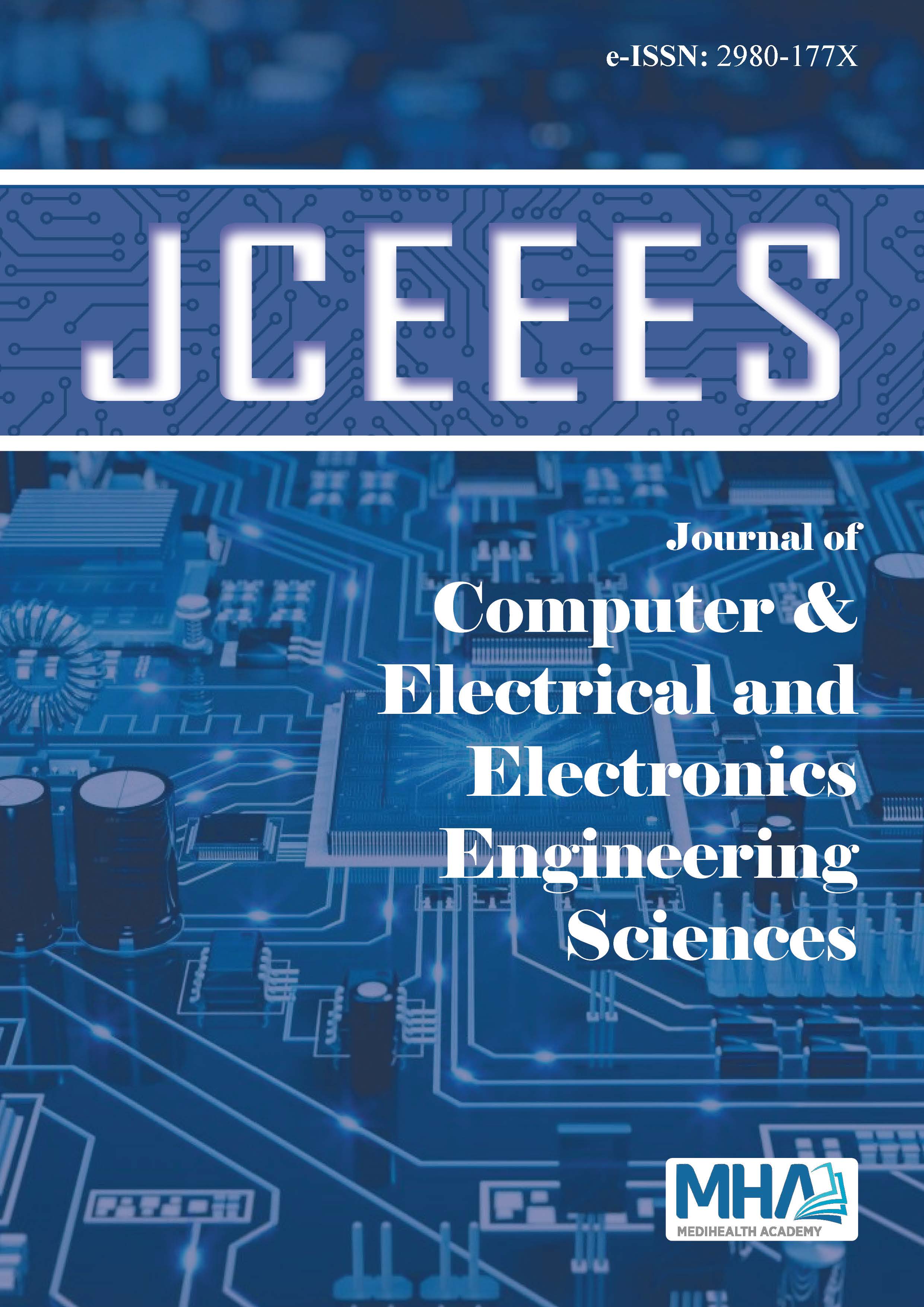1. Sureshbhai, P. N., Bhattacharya, P., and Tanwar, S. (2020 June).‘KaRuNa: A blockchainbased sentiment analysis framework for fraudcryptocurrency schemes. In 2020 IEEE International Conference onCommunications Workshops (ICC Workshops) (pp. 1-6). IEEE.
2. Mell, P., Kelsey, J., & Shook, J. (2017). Cryptocurrency smart contractsfor distributed consensus of public randomness. In Stabilization, Safety,and Security of Distributed Systems: 19th International Symposium,SSS 2017, Boston, MA, USA, November 5-8, 2017, Proceedings 19 (pp.410-425). Springer International Publishing.
3. Begum, A., Tareq, A., Sultana, M., Sohel, M., Rahman, T., & Sarwar,A. (2020). Blockchain attacks analysis and a model to solve doublespending attack. International Journal of Machine Learning andComputing, 10(2),352-357.
4. G. Wood. Ethereum: A secure Decentralised Generalised TransactionLedger. Accessed: 2016. [Online]. Available: https://scholar.google.Com/scholar?hl=en&as_sdt=0%2C5&q=ETHEREUM%
5. Financial Platform and News Website. Accessed: 2008. [Online].Available: https://www.investing.com/
6. Business Insider India. Accessed: 2008. [Online]. Available: https://www. businessinsider.in/
7. A. Mikhaylov. Asset Allocation in Equity, Fixed-Income andCryptocurrency on the Base of Individual Risk Sentiment. Accessed:2019. [Online]. Available: https://pdfs.semanticscholar.org/df78/f60a84c2a17f47bce27578746c6313251%a88.pdf
8. D. L. K. Chuen, L. Guo, and Y. Wang, ‘‘Cryptocurrency: A newinvestment opportunity?’’ J. Alternative Investments, vol. 20, no. 3, pp.16-40, 2017.
9. S. Corbet, Y. Hou, Y. Hu, C. Larkin, B. Lucey, and L. Oxley,‘‘Cryptocurrency liquidity and volatility interrelationships during theCOVID-19 pandemic,’’ Finance Res. Lett., early access, May 2021, Art.no. 102137.
10. A. Aggarwal, I. Gupta, N. Garg, and A. Goel, “Deep learning approachto determine the impact of socio-economic factors on BP prediction,” in2019 Twelfth International Conference on Contemporary Computing(IC3), pp. 1-5, 2019.
11. X. Jiang, “Bitcoin price prediction based on deep learning methods,” J.Math. Finance., Vol. 10, pp. 132-139, 2019.
12. Saadah, S.; Whafa, A.A. Monitoring Financial Stability Based onPrediction of Cryptocurrencies Price Using Intelligent Algorithm. InProceedings of the 2020 International Conference on Data Science andIts Applications (ICoDSA), Bandung, Indonesia, 5-6 August 2020; pp.1-10.
13. Jay, P., Kalariya, V., Parmar, P., Tanwar, S., Kumar, N., Alazab, M.Stochastic neural networks for cryptocurrency price prediction. IEEEAccess 2020, 8, 82804-82818.
14. A. Politis, K. Doka, and N. Koziris, “Ether price prediction usingadvanced deep learning models,”. In Proceedings of the 2021 IEEEInternational Conference on Blockchain and Cryptocurrency (ICBC),Sydney, Australia, 3-6 May 2021; pp. 1-3.
15. S. MyungJae, D. Mohaisen, and J. Kim, “Bitcoin Price Forecastingvia Ensemble-based LSTM Deep Learning Networks”. Paperpresented at 2021 International Conference on InformationNetworking (ICOIN), Jeju Island, Republic of Korea, January 13-16;pp. 603-608, 2021.
16. J. Carbó and S. Gorjón, “Application of Machine Learning Models andInterpretability Techniques to Identify the Determinants of the Price ofBitcoin,” Banco de Espana Working Paper No. 2215, 2022.
17. C. Kang, C. Lee, K. Lim, “Cryptocurrency Price Prediction withConvolutional Neural Network and Stacked Gated Recurrent Unit,”Data, Vol. 7, No. 149, 2022.
18. A. Wardak and J. Rasheed. (2022). “Bitcoin Cryptocurrency PricePrediction Using Long Short-Term Memory Recurrent NeuralNetwork,” European Journal of Science and Technology, No: 38, pp. 47-53.
19. Chen, Z., Li, C., and Sun. W. (2022). “Journal of Computational andApplied Bitcoin price prediction using machine learning: An approachto sample dimension engineering,” J. Comput. Appl. Math., vol. 365, p.112395, doi: 10.1016/j.cam.2019.112395.
20. Rathan, K., Sai, S.V., and Manikanta, T.S. (2019). “CryptoCurrencyprice prediction using Decision Tree and Regression techniques,” 3rdInt. Conf. Trends Electron. Informatics, no. Icoei, pp. 190-194.
21. Borges, T. A., and Neves, R.F. (2020). “Ensemble of machinelearning algorithms for cryptocurrency investment with differentdata resampling methods,” Appl. Soft Comput. J., vol. 90, p. 106187,doi:10.1016/j.asoc.2020.106187.
22. Mallqui, D.C.A., and Fernandes, R.A.S. (2018). “Predicting thedirection, maximum, minimum and closing prices of daily bitcoinexchange rate using machine learning techniques,” Appl. Soft Comput.J. doi: 10.1016/j.asoc.2018.11.038.

